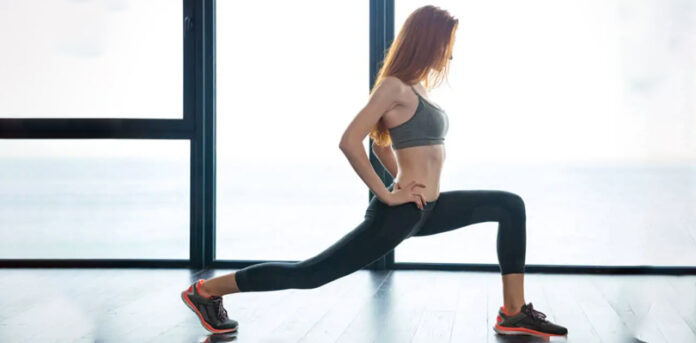If you’re striving for peak performance and maximum gains, solid warmup exercises are your golden ticket. Whether you’re a fitness enthusiast or a seasoned athlete, the foundation of a successful workout lies in the preparation. That’s why we’ve curated the ultimate list of 7 warm-up exercises that are set to invigorate your muscles, enhance your flexibility, and skyrocket your overall performance.
Furthermore, from dynamic stretches that awaken every muscle group to cardio moves that get your heart pumping, this blog post will guide you through a comprehensive warm-up routine. Elevate your fitness journey with these essential warm-up exercises and unlock your body’s full potential. Your future gains will thank you!
Warmup Exercises
Let’s delve into the 7 ultimate warmup exercises that will kickstart your workout routine and optimize your performance:
Jumping Jacks
Begin with your feet together and arms by your sides. Simultaneously jump your feet out to the sides while raising your arms above your head. Jump back to the starting position. Repeat this motion in a controlled and rhythmic manner for about 1-2 minutes. Jumping jacks elevate your heart rate, engage your leg muscles, and promote circulation throughout the body.
Arm Circles
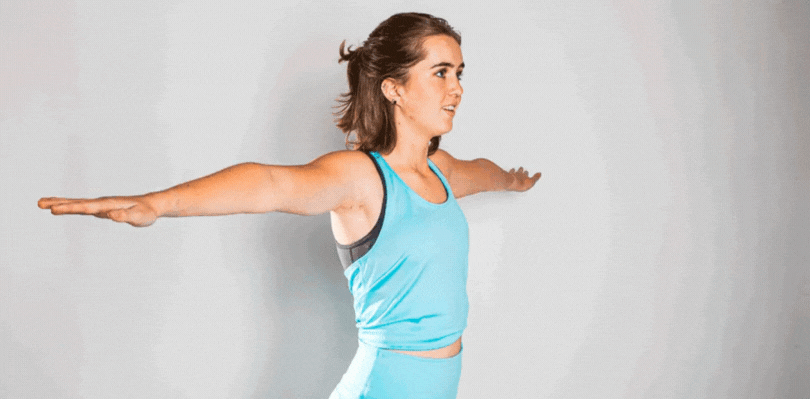
Stand with your feet shoulder-width apart. Extend your arms out to the sides at shoulder height. Start making small circular motions with your arms. Gradually increase the size of the circles. After 15-20 seconds, reverse the direction of the circles. Arm circles enhance shoulder mobility and warm up the upper body.
Leg Swings
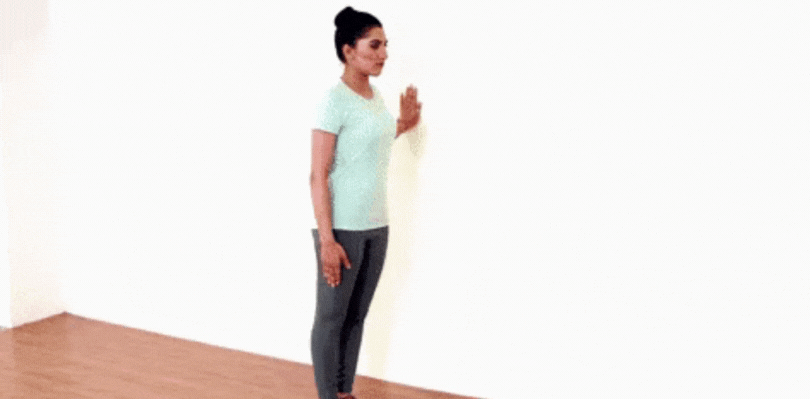
Hold onto a sturdy support with one hand. Swing one leg forward and backward in a controlled manner. Switch to the other leg after about 10 swings. Then, swing your legs sideways in a similar manner. Leg swings increase hip flexibility and activate the lower body muscles.
High Knees
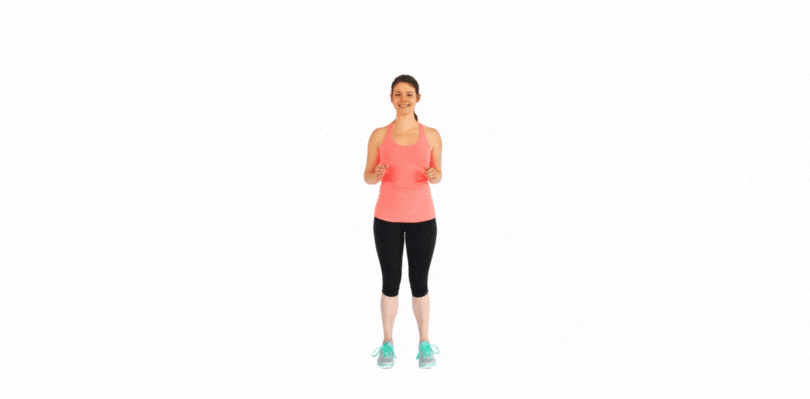
Stand upright and march in place while lifting your knees as high as possible. Engage your core muscles to maintain balance. Aim for 20-30 seconds of continuous high knees. This exercise elevates your heart rate, warms up the legs, and improves coordination.
Hip Rotations
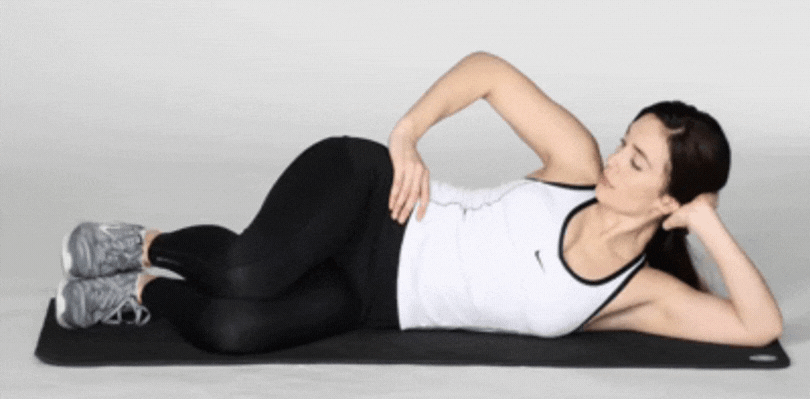
Stand with your hands on your hips. Rotate your hips in a circular motion, first clockwise for 15 seconds, then counter-clockwise for another 15 seconds. This exercise lubricates the hip joints and prepares them for more intense movements.
Torso Twists

Stand with your feet shoulder-width apart and arms extended out to the sides. Twist your torso to one side while keeping your hips facing forward. Alternate between sides in a controlled twisting motion. Torso twists warm up the core muscles and improves spinal flexibility.
Butt Kicks
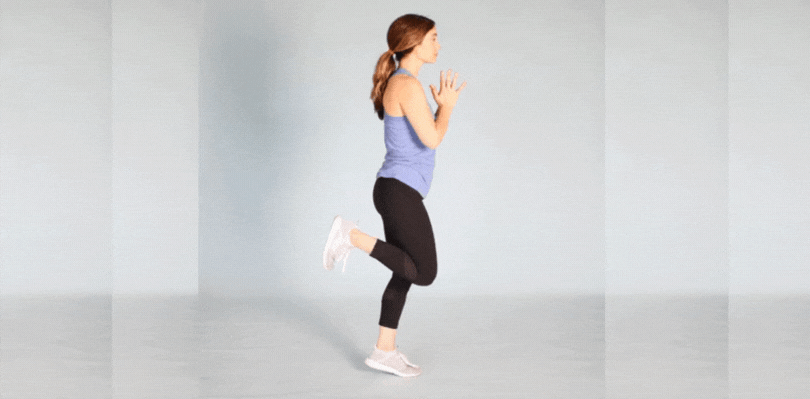
While jogging in place, aim to kick your heels towards your glutes with each step. Keep your upper body upright and engage your core. Perform butt kicks for about 1-2 minutes. This exercise increases circulation to the lower body and actively engages the quadriceps and hamstrings.
Remember, the key to an effective warm-up is to gradually increase the intensity and target the major muscle groups you’ll be using during your workout. Spend around 10-15 minutes on these warm-up exercises to prepare your body for the challenges ahead. Incorporate them into your routine and witness the remarkable difference they make in enhancing your workout performance and preventing injuries.
Benefits Of Doing These Warmup Exercises
Warming up with these exercises provides a range of benefits that go beyond just preparing your body for a workout. Here are some detailed advantages of incorporating these warmup exercises into your routine:
Enhanced Muscle Blood Flow
Engaging in dynamic warm-up exercises like jumping jacks and high knees increases blood flow to your muscles. This surge in blood flow delivers oxygen and nutrients, promoting optimal muscle function. Improved circulation also helps remove waste products, reducing the risk of muscle cramps and fatigue during your workout.
Improved Joint Mobility
Exercises like leg swings and hip rotations gently mobilize your joints through their full range of motion. This enhances joint lubrication and reduces stiffness, making your joints more pliable and ready for the demands of your workout. Increased joint mobility can also contribute to better form and reduced risk of injuries.
Elevated Body Temperature
As you perform these warmup exercises, your body temperature rises gradually. This rise in temperature leads to an increase in metabolic reactions within your muscles, making them more efficient and less prone to injury. The warmth also facilitates the relaxation of connective tissues, making stretching and movement easier.
Enhanced Muscle Elasticity
Dynamic stretches like arm circles and torso twists promote muscle elasticity and flexibility. By gently stretching the muscles and connective tissues, you allow them to elongate more effectively during your workout. This can lead to improved performance, reduced muscle soreness, and a decreased risk of strains or tears.
Activated Nervous System
The warm-up exercises stimulate your nervous system, sending signals to your muscles and preparing them for action. This activation enhances muscle coordination and reaction time. An engaged nervous system improves your overall workout efficiency and reduces the likelihood of sudden jerky movements that could lead to injuries.
Mental Preparedness
Warming up isn’t just about physical readiness – it’s also about getting mentally focused. The process of going through a series of warmup exercises helps shift your mind from the outside world to your workout. This mental transition can boost your motivation, concentration, and overall performance during your exercise routine.
Incorporating these warmup exercises into your fitness regimen consistently can lead to long-term benefits such as improved flexibility, reduced risk of injuries, and enhanced workout results. Remember, the warm-up phase is an essential component of your overall exercise routine that shouldn’t be skipped. It’s the foundation upon which you build your successful workout, ensuring that you’re ready to tackle any challenge that comes your way while keeping your body safe and injury-free.
What Experts Say About Warmup Exercises
Experts unanimously emphasize the vital role of warm-up exercises. Dr. John P. Higgins, a sports cardiologist, underscores that a proper warmup prepares the heart for increased activity, reducing the risk of sudden strain. The American College of Sports Medicine stresses that warmups enhance circulation and flexibility, optimizing performance.
Renowned fitness trainer, Tony Horton, advocates for dynamic warm-ups to activate muscles, improve range of motion, and prevent injury. Dr. Lyle Micheli, the orthopedic specialist, highlights how warm-ups gradually elevate body temperature, improving muscle function. Experts unanimously agree: that a well-structured warm-up routine is a non-negotiable foundation for a safe, effective, and successful workout experience.
Tips And Techniques To Do Warmup Exercises
Here are detailed tips and techniques to effectively perform warm-up exercises:
Progressive Intensity
Start with low-intensity movements and gradually increase the intensity. Begin with gentle stretches and controlled movements, and then move on to more dynamic exercises like jumping jacks or high knees. This progression allows your body to adapt to the increasing demands and reduces the risk of sudden strain or injury.
Specificity For Activity
Tailor your warm-up exercises to the activity you’re about to engage in. If you’re going for a run, include exercises that mimic running motions to activate the relevant muscle groups. If weightlifting, focus on movements that target the muscles you’ll be working on during your lifting session. Specific warm-up exercises better prepare your body for the impending workout.
Dynamic Stretches
Incorporate dynamic stretches that involve controlled movements through a full range of motion. These stretches, like leg swings and arm circles, improve flexibility while actively engaging your muscles. Unlike static stretches, dynamic stretches help prevent muscle stiffness and enhance muscle performance during your workout.
Mindful Breathing
Pay attention to your breath during warm-up exercises. Practice deep, controlled breathing to increase oxygen flow to your muscles and promote relaxation. As you perform the exercises, synchronize your breath with your movements. This mindful breathing technique enhances oxygen exchange, aiding in the delivery of nutrients to muscles and the removal of waste products.
Duration And Consistency
Spend at least 10-15 minutes on your warm-up routine. This duration provides ample time for your body to adapt and prepare for the workout. Consistency is key; make warm-up exercises a non-negotiable part of your routine. Whether it’s a brisk walk, a set of dynamic stretches, or a combination of exercises, sticking to a consistent warm-up routine will yield the best results over time.
By following these tips and techniques, you’ll maximize the benefits of your warm-up routine. Remember that warming up is not only about physical readiness but also mental preparation. It’s the bridge that transitions your body from a resting state to an active, ready-for-action mode. Safeguard your body against potential injuries and optimize your workout performance by integrating these strategies into your warm-up routine.
FAQs
Why should I prioritize warmup exercises before my workout?
Warm-up exercises are essential because they prepare your body for the physical demands of your workout. They increase blood flow, raise your body temperature, and activate your muscles and joints. This preparation minimizes the risk of injuries by reducing stiffness and enhancing your range of motion. Additionally, warm-ups prime your nervous system, improving muscle coordination and reaction time. In short, dedicating time to warm-up exercises ensures that you’re physically and mentally ready for a more effective and safe workout.
How long should I spend on warmup exercises?
A well-structured warm-up routine should last between 10 to 15 minutes. This duration allows your body enough time to adapt to increased demands gradually. However, the time you dedicate might vary based on your workout intensity and the specific exercises you’re planning to do. If your workout is particularly intense or involves heavy lifting, you might want to allocate more time to warm up. Remember, it’s not just about the clock; focus on ensuring your body feels sufficiently warmed up and ready to move.
Can I skip warmup exercises if I’m short on time?
Skipping warm-up exercises, even when you’re pressed for time, is not advisable. Warm-ups serve as a preventive measure against injuries, and neglecting them can lead to strains, sprains, or other workout-related issues. If time is a concern, consider a condensed warm-up routine that includes a mix of dynamic stretches and light cardiovascular activity. Even a brief warm-up is better than none at all. Prioritizing your safety and performance by dedicating a few minutes to warm up is a wise investment in your overall fitness journey.

